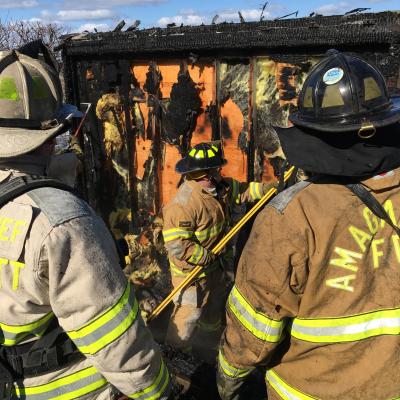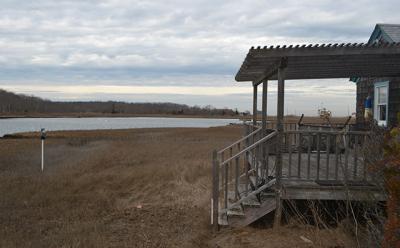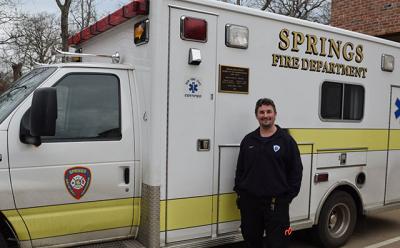Bonackers Win League Title Outright, Killer Bees Are Co-Champs
Bonackers Win League Title Outright, Killer Bees Are Co-Champs

The East Hampton and Bridgehampton High School boys basketball teams won league titles in games played Tuesday night.
By beating Elwood-John Glenn 76-56, the Bonackers won the League VI title outright, with an 11-1 record, and the 10-2 Killer Bees, who had crushed their league rival, Stony Brook, 100-39 at the Beehive on Saturday, won a share of the League VIII championship as the result of a 45-35 win at Pierson High School in Sag Harbor.
Tylik Furman, who had tweaked an ankle in Saturday's game, sat out Tuesday's regular-season finale at Pierson. "Had it been a championship game, he would have played," said the Bees' coach, Carl Johnson, who, because of his point guard's absence from the lineup and Elijah Harding's early foul trouble, had to make some adjustments.
Nykell Dean played the point for the Bees, who were guarded man-for-man by the Whalers, and "didn't turn the ball over once," his coach said.
East Hampton's senior guards, Brandon Kennedy-Gay and Kyle McKee, ran rings around Glenn's defenders once Bonac found its rhythm after falling behind by 10 points midway through the second quarter.
"I've never seen the two of them go to the basket as effectively as they did tonight," Bob Vacca, Bill McKee's assistant, said following the 20-point victory, "and, of course, that opened things up for us outside."
Kennedy-Gay, who wheeled and dealed dazzlingly on frequent forays to the hoop, finished with 35 points; McKee, who mixed in six 3-pointers with his slashing drives, wound up with 24. It was the first league championship for East Hampton in five years.
The Bonackers, who were apparently seeded second among the county's Class A teams (behind 12-0 Harborfields, the League V champion), are to again face Glenn in a first-round playoff game here on Friday at 6 p.m. That winner is to face the three seed-six seed winner on Tuesday at the site of the higher-seeded team at a time to be announced. The county Class A championship game is to be played on Friday, Feb. 19, at Suffolk Community College-Selden at 5:30 p.m.







